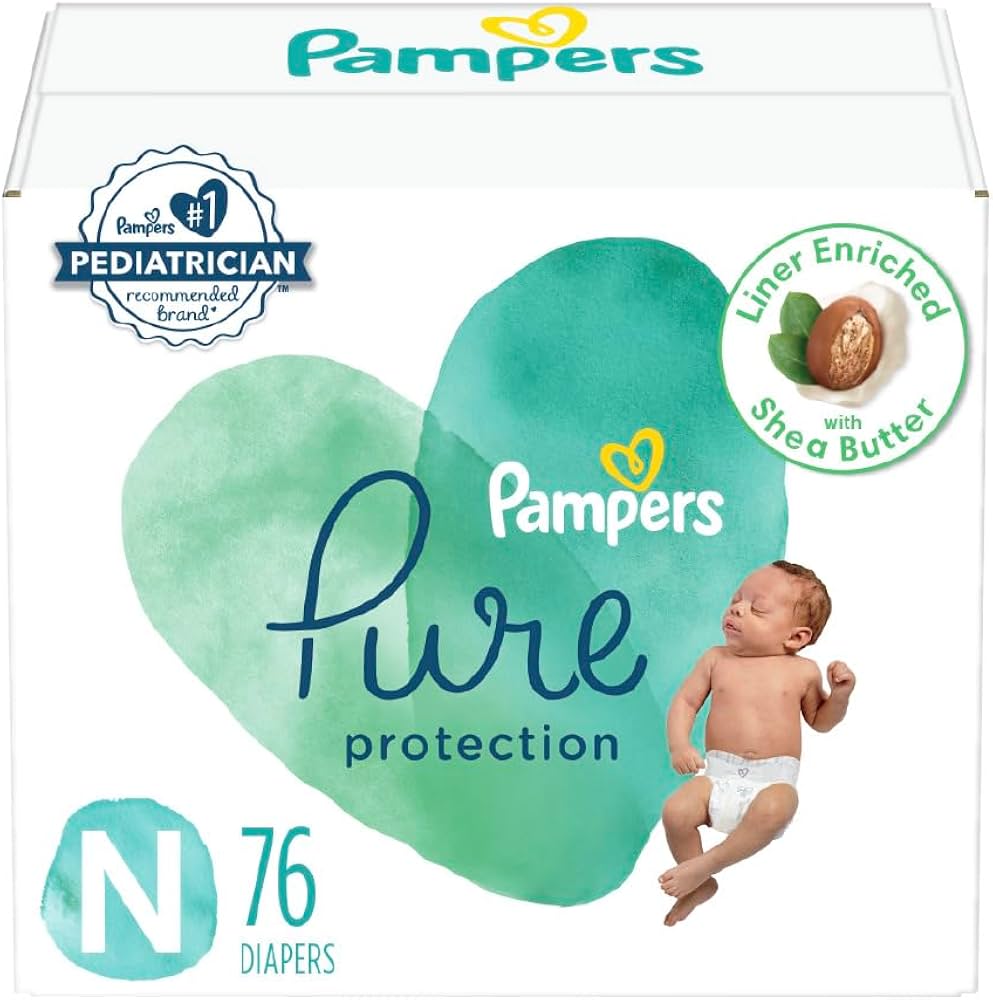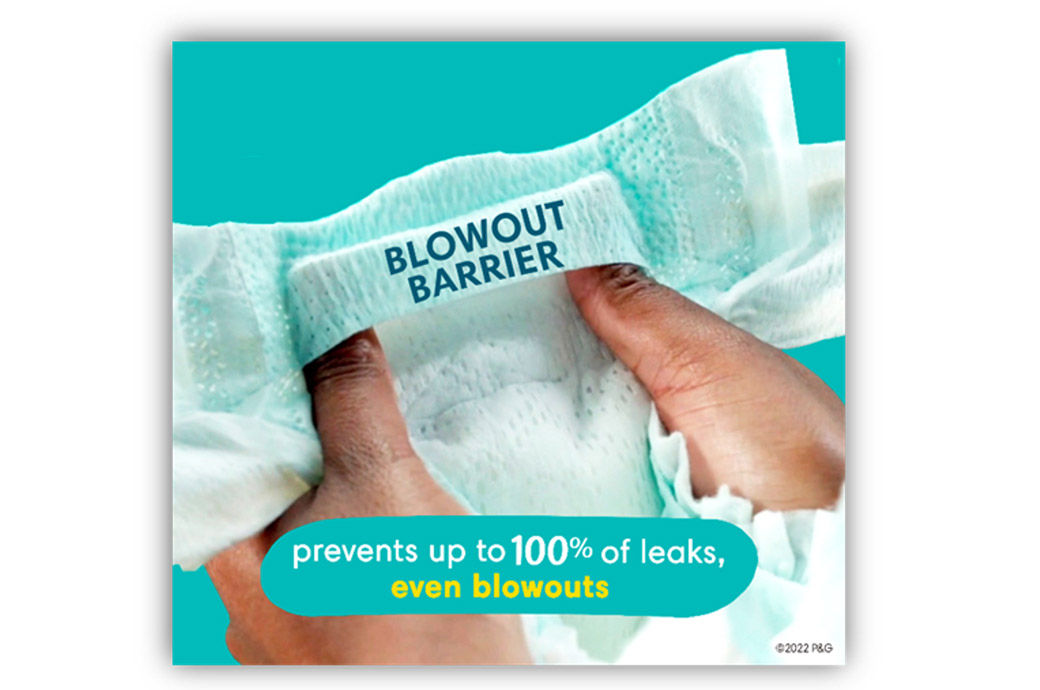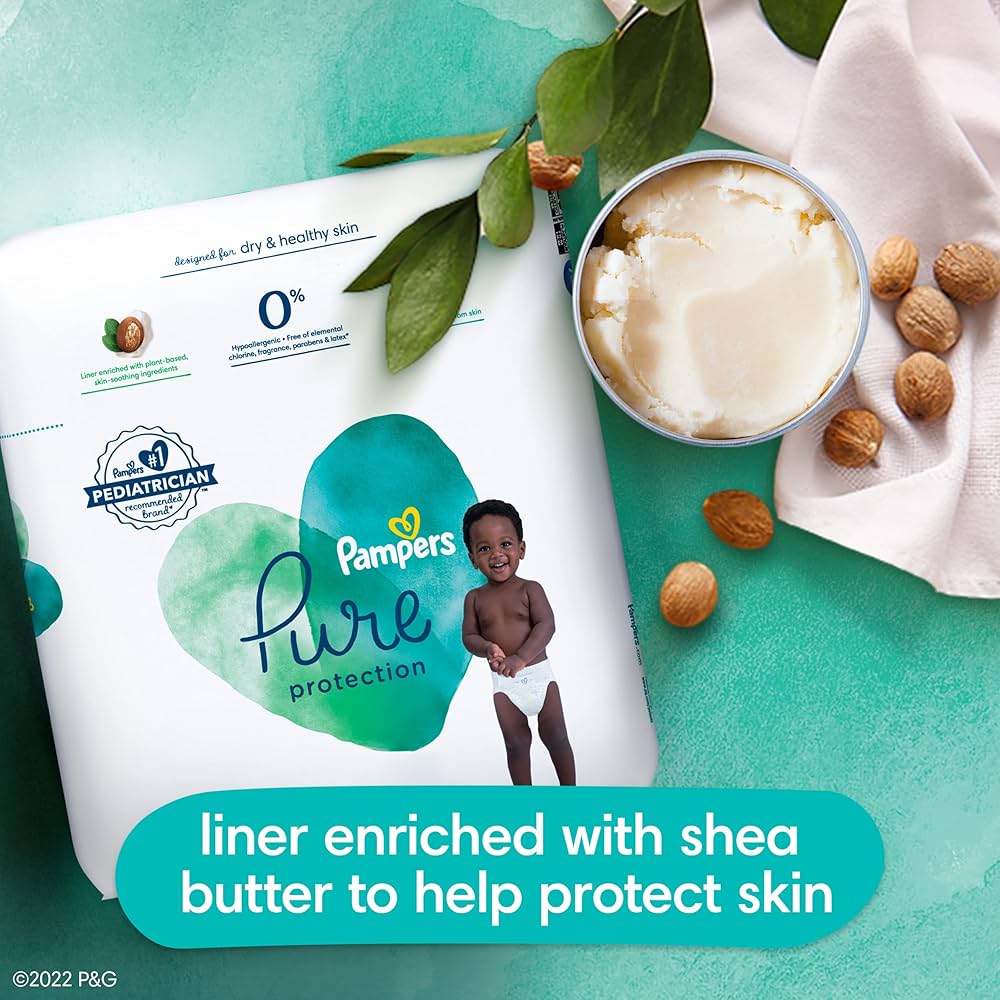December 20, You can also search for this author in PubMed Google Scholar. These pollutants are released by heavy industries and road traffic. What is scientifically accurate to communicate to disposable diaper users about living more sustainably? Back to top. The within-company comparisons can clearly distinguish GWP differences between products, whereas due to greater uncertainty, distinguishing among competitive products is not possible with high resolution. Published : 10 November SimaPro 7 is used to model the LCA. Monte Carlo simulations for the Western Europe case are shown in Fig. Results for the Western European case are very similar see Fig. A raw material, itaconic acid derived from the fermentation of plant materials, is polymerized to produce fabric. Results for the US case are very similar see Fig. Environment · climate change. All claims valid only in the U. It is reassuring that three different LCIA methods, varying in underlying exposure model and geographical scope, lead to similar conclusions when both diapers are compared.


We thank Jessica Brill for the editorial assistance and Prof. Statements about environmental improvements coming from factors that less or irrelevant indicators e. Packaging contributions are mostly associated with its raw material production, but since overall packaging weight per diaper is a small fraction relative to diaper weight, its proportional contribution is lower. Environ Toxicol Chem 13 10 — The potential environmental impacts are linked to the energy, water, and detergents needed to clean cloth diapers and to raw material production for disposable diapers. Contact Careers. Whether they are used on the very young or the very old, disposable diapers must be regarded as one of the most convenient products of modern society. Environment - space The private company whose spacecraft on the moon tipped over is expected to cease operations after cutting mission short BY Marcia Dunn and The Associated Press. This is related to the electricity use in the plant for which both WE and the USA highly rely on fossil fuels. William H.
Utility Nav - Header
Pampers product developers have consistently worked to optimize material use and design, reducing potential environmental impacts called out in the various LCA studies. Most Popular. A systematic literature review on greenwashing and its relationship to stakeholders: state of art and future research agenda Article Open access 09 March Mendoza, J. Both acted as consultants in this capacity and do not represent their employers. Disposable baby diapers: life cycle costs, eco-efficiency and circular economy. Brussels, Belgium. In the Midwest, both extreme drought and flooding threaten crops and animal production, which can affect the global food supply. The UK studies indicated that the potential environmental impacts of disposable diapers could be reduced by decreasing material use i. The magnitude of the material consumption in diapers is impressive. Recent LCAs indicate that several material and design innovations in current diapers result in substantially reduced environmental impacts compared to the disposable products of the s, with better performance and improved skin health EDANA Sustainability Report ; UK. View author publications. Disposable diapers often incorporate polypropylene or polyethylene, both petroleum-based plastics, which release fossil CO2 when they are burned and offer no net sequestration of carbon if they are land-filled. Regrown trees logo One tree is regrown for every tree we use. Some Of Our Steps from materials to manufacturing.
Sustainability | Pampers
- FAQs about diapers and wipes sustainability.
- Int J Life Cycle Assessment 8 6 —
- Results for the US case are similar see Fig.
All wood pulp in our diapers is third party certified by a globally recognized certification system. Pampers diaper packaging is designed to be recyclable where facilities exists. Read about our steps and commitments for a less wasteful world with our lighter diapers and learnings from waste pilots worldwide. Skip to home Skip to main content Skip to search. Some Of Our Steps from materials to manufacturing. Regrown trees logo One tree is regrown for every tree we use. Certified diapers logo All wood pulp in our diapers is third party certified by a globally recognized certification system. Recycled diapers packaging logo Pampers diaper packaging is designed to be recyclable where facilities exists. Start Exploring. Discover The Science. Discover More. Reducing Our Carbon Footprint Find out how we are taking steps to lower our carbon footprint. Re-thinking Materials And Waste Read about our steps and commitments for a less wasteful world with our lighter diapers and learnings from waste pilots worldwide. FAQs about diapers and wipes sustainability.
The aim of this study was to investigate the factors that influence the sustainability of disposable baby diapers nappies using life cycle assessments LCAs. Size 4 Pampers® Cruisers North American name and ActiveFit European name from are compared to new versions made in to determine if the design and materials changes intended to improve performance also lead to climate pamper us in the most relevant environmental indicators. SimaPro 7 is used to model the LCA, climate pamper us. Several life cycle impact assessments LCIA methods, sensitivity analyses, normalization to annual consumption, and Monte Carlo analysis are used to produce and check results. Other indicators are insignificant.



Climate pamper us. News Releases
Some disposable diapers are produced with biopolymers of plant origin, which may offer long-term net carbon sequestration from the atmosphere if they are land-filled. Photo by Niklas Morberg, climate pamper us. Whether they are used on the very young or the very old, disposable diapers must be regarded as one of the most convenient products of modern society. Question is: what type of impact do these products have on the environment? Conventional reusable diapers are most often made from cotton, which has large impacts in terms of the water use, pesticides, and carbon dioxide emissions. Washing these climate pamper us adds a significant increment to sewage treatment. Disposable diapers often incorporate polypropylene or polyethylene, both petroleum-based plastics, which release fossil CO2 when they are burned and offer no net sequestration of carbon if they are land-filled. A raw material, itaconic acid derived from the fermentation of plant materials, is polymerized to produce fabric. The magnitude climate pamper us the material Baby cream in diapers is impressive. Assuming that the typical infant uses more than 4 diapers each day, each weighing 33 grams when drythen this infant is responsible for about kilograms about lbs of disposable diapers in its first 2. In the European Union, each conventional disposable diaper is estimated to release 89 grams of CO2 from the production of raw materials; glueless models can reduce that impact by about 10 percent. Manufacturing, packaging, and shipment are relative small sources of energy use, but significant emissions are also associated with the disposal of diapers after use. Multiplied by the number of infant children involved, the CO2 emissions add up quickly—estimated at 2, climate pamper us.
Our Approach
We want our brands to be growing and creating value while having a measurable, long-term, positive impact on society and the environment. The Herbal Essences Ambition is to enable everyone to experience the positive power of nature and to support biodiversity for the benefit of people and the planet. Beyond this, Herbal Essences is leading the way in sharing comprehensive information about its ingredients , transparently explaining their 4-step safety process and being recognized by PETA as a cruelty free brand. Herbal Essences bio:renew is the first global hair care brand to have its botanicals endorsed by the Royal Botanic Gardens, Kew , a world leading authority on plants.
Thus reducing the use of disposal diapers would have a rather small effect on our national inventory of greenhouse gas emissions. The primary purpose of developing the current Pampers® LCA climate pamper us to establish a thorough and reliable in-house model to use for future product and material development, and guide improvements for supply chain sustainability. Life cycle assessment LCA is the only holistic framework that exists today to help us understand the many ways in which a product or service could impact the environment, because LCA forces a rational examination of many indicators throughout material and product manufacture, climate pamper us, use, and end-of-life EOL.


I am sorry, that has interfered... I understand this question. I invite to discussion. Write here or in PM.